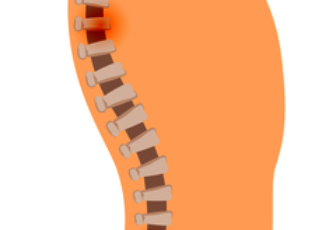Platelet-rich plasma (PRP) injections have become a popular treatment option for a variety of medical conditions and cosmetic procedures. These injections use a concentrated dose of the patient’s own blood to promote healing and regeneration of damaged tissues. While the procedure itself is minimally invasive, patients may be curious about the recovery time after a PRP injection. In this blog, we’ll explore what to expect during the recovery period and offer some tips to help speed up the healing process.
What to Expect During the Recovery Period?
After a PRP injection, patients can expect some soreness, swelling, and bruising in the injection site area. The extent of these side effects can vary depending on the individual patient’s reaction and the extent of the injection. Some patients may experience little to no pain or swelling, while others may experience more severe discomfort.
Most patients can return to their normal activities immediately after the procedure, although some may require a few days of rest to recover fully. In some cases, healthcare providers may recommend avoiding strenuous activities for several weeks to allow the body to heal properly.
How Long is the Recovery Time for PRP Injections?
The recovery time for PRP injections can vary depending on the patient’s overall health, the extent of the injection, and the specific condition being treated. In general, patients can expect to experience some level of soreness, swelling, and bruising for a few days following the injection.
Most patients can resume their regular activities within a day or two of the injection, although more strenuous activities may need to be avoided for several weeks. For example, athletes who receive PRP injections for injuries may need to take a few weeks off from training to allow the body to heal properly.
Tips for Speeding Up Recovery After PRP Injections
There are several steps patients can take to speed up the recovery process after a PRP injection. These include:
- Rest and Relaxation: It’s important to get plenty of rest after a PRP injection to allow the body to heal properly. Avoid strenuous activities and try to get plenty of sleep.
- Ice: Applying ice to the injection site can help reduce swelling and bruising. Apply ice for 15-20 minutes at a time, several times a day, for the first few days after the injection.
- Medications: Over-the-counter pain relievers like acetaminophen or ibuprofen can help reduce pain and inflammation. Be sure to check with your healthcare provider before taking any new medications.
- Follow Your Healthcare Provider’s Instructions: Your healthcare provider may provide specific instructions for post-injection care, such as avoiding certain activities or taking medication. It’s important to follow these instructions carefully to ensure proper healing.
- Stay Hydrated: Drinking plenty of water can help flush out toxins and promote healing. Aim to drink at least eight glasses of water a day.
- Eat a Healthy Diet: A healthy, well-balanced diet can help promote healing and reduce inflammation. Include plenty of fruits, vegetables, lean proteins, and healthy fats in your diet.
Conclusion
Platelet-rich plasma injections are a safe and effective treatment option for a variety of medical conditions and cosmetic procedures. While recovery time can vary depending on the individual patient’s reaction and the extent of the injection, most patients can expect to experience some soreness, swelling, and bruising for a few days after the injection. By following these tips and working closely with your healthcare provider, you can help speed up the recovery process and get back to your normal activities as soon as possible.








